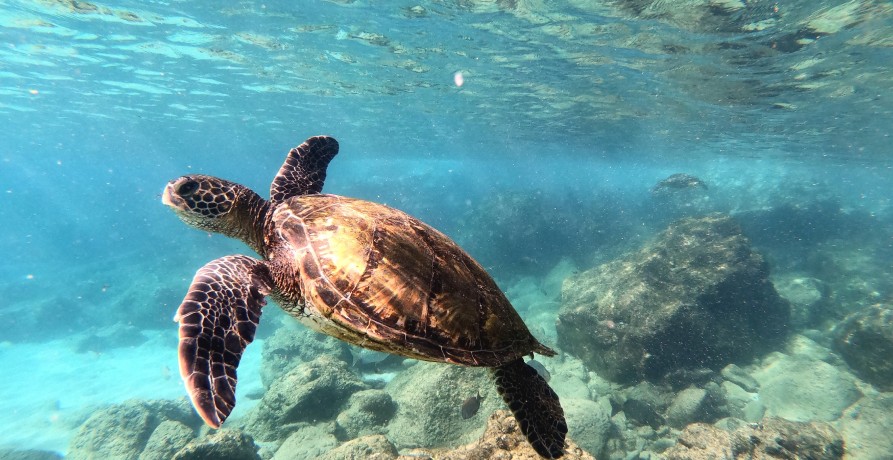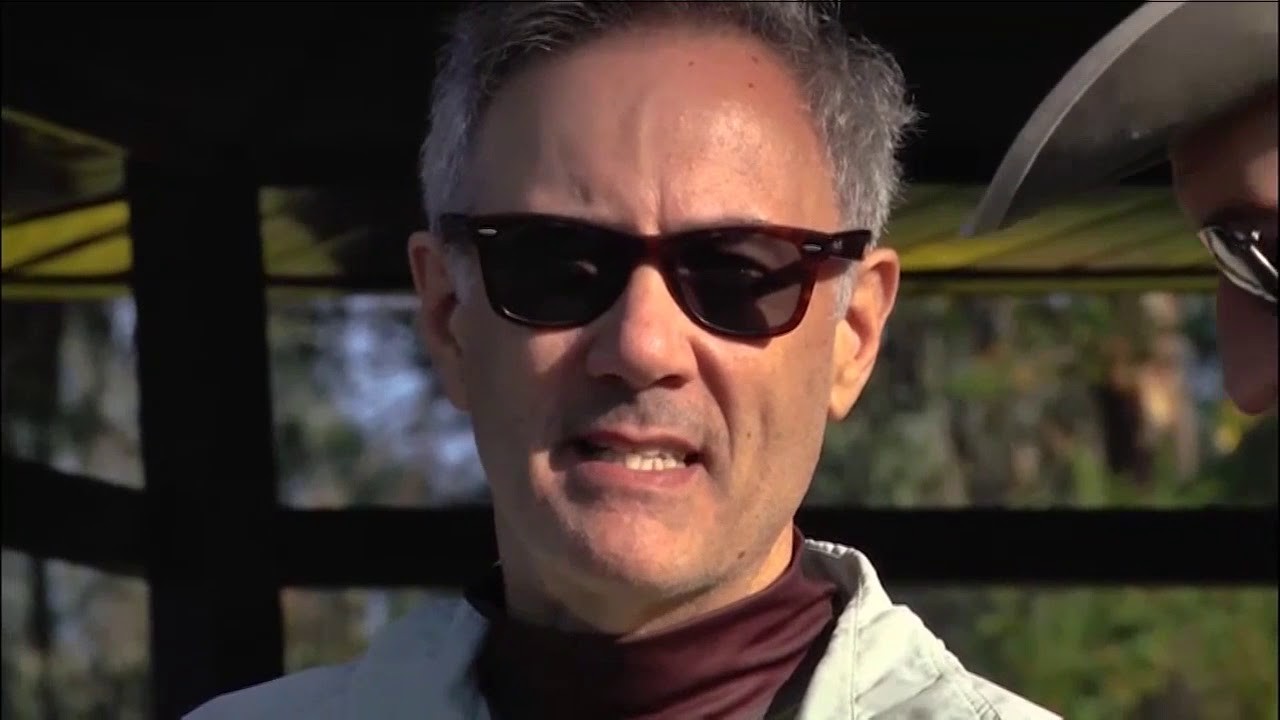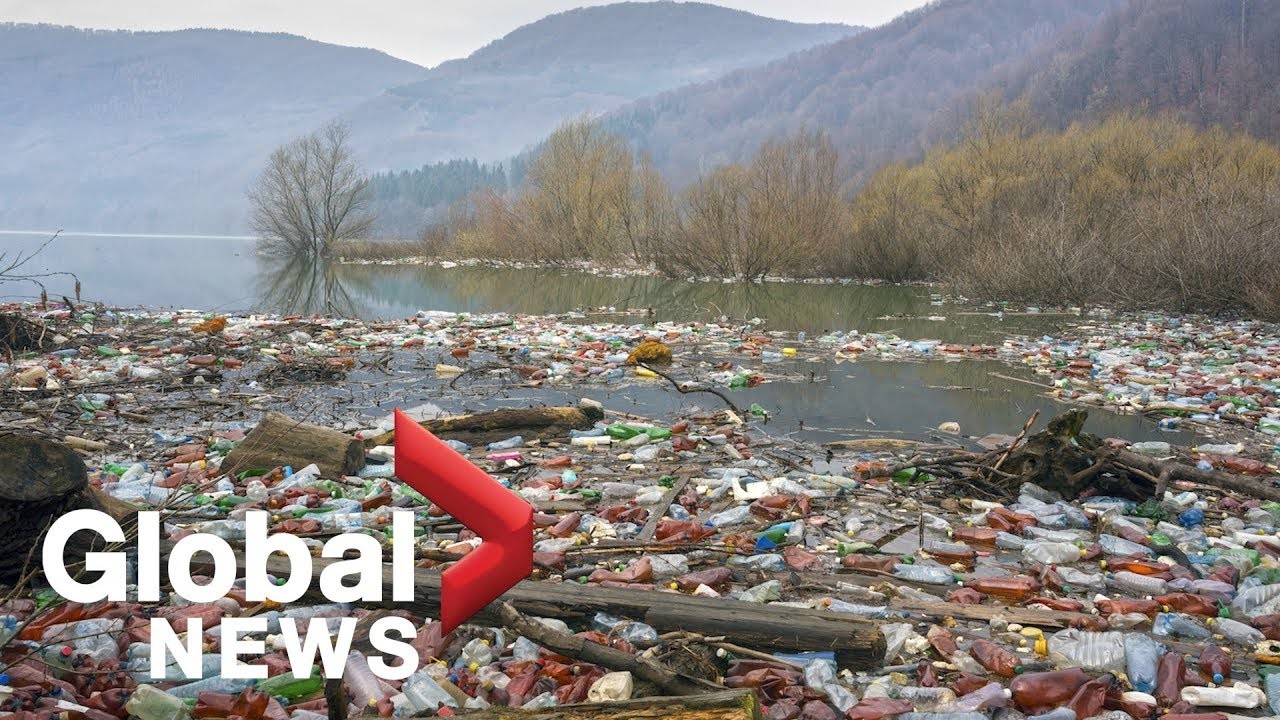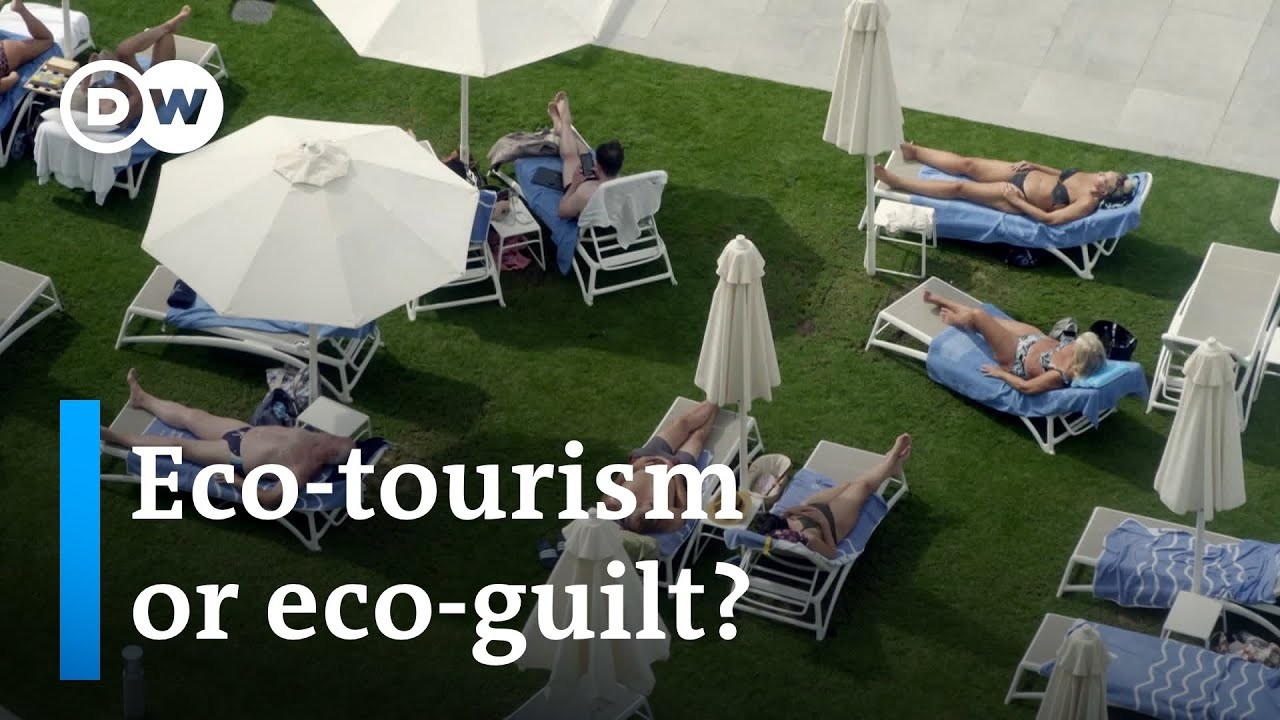Tourism, a global force shaping economies and cultures, often faces scrutiny for its potential environmental drawbacks. But How Does Tourism Affect The Environment Positively? SIXT.VN believes that sustainable tourism practices offer significant benefits, including funding conservation efforts, raising environmental awareness, and supporting local communities.
1. How Can Tourism Revenues Fund Environmental Conservation?
Tourism revenues can directly fund environmental conservation efforts through various mechanisms.
Tourism can create more job opportunities that can help save the environment. According to research from World Wildlife Fund, in [2022], tourism provides [financial incentives for conservation].
1.1. Direct Funding Mechanisms
- Park Entrance Fees: A portion of entrance fees to national parks and protected areas is often earmarked for conservation projects, such as habitat restoration and anti-poaching patrols.
- Tourism Taxes: Some destinations implement tourism taxes, with the proceeds dedicated to environmental initiatives like waste management and water conservation.
- Concession Fees: Businesses operating within protected areas, such as hotels and tour operators, pay concession fees that contribute to conservation funds.
1.2. Case Studies of Successful Conservation Funding
- Costa Rica: This country has a well-established ecotourism industry that generates significant revenue for its national parks and protected areas. The income helps fund biodiversity conservation, reforestation programs, and environmental education initiatives.
- Galapagos Islands: Tourism fees in the Galapagos Islands are used to support conservation efforts, including invasive species control, scientific research, and community development projects.
- African Safari Destinations: In countries like Kenya and Tanzania, safari tourism generates substantial income for wildlife conservation. Revenues are used to fund anti-poaching patrols, habitat management, and community outreach programs.
 Kenyan landscape with a lone tree
Kenyan landscape with a lone tree
1.3. How SIXT.VN Supports Conservation Through Responsible Tourism
SIXT.VN promotes responsible tourism by partnering with eco-friendly accommodations and tour operators that prioritize environmental conservation. By choosing SIXT.VN, travelers can support businesses that actively contribute to protecting Vietnam’s natural beauty.
2. How Does Tourism Raise Environmental Awareness and Education?
Tourism can play a crucial role in raising environmental awareness and promoting education among travelers and local communities.
According to research from The International Ecotourism Society, in [2023], tourism [enhances environmental awareness and stewardship].
2.1. Educational Opportunities for Tourists
- Guided Tours: Knowledgeable guides can educate tourists about local ecosystems, conservation challenges, and sustainable practices.
- Interpretation Centers: These centers offer exhibits, displays, and educational programs that provide insights into the natural and cultural heritage of a destination.
- Workshops and Seminars: Some destinations offer workshops and seminars on topics like wildlife conservation, sustainable agriculture, and climate change.
2.2. Community Engagement in Environmental Education
- Local Schools: Tourism can support environmental education programs in local schools, fostering a sense of stewardship among young people.
- Community-Based Tourism: These initiatives empower local communities to manage tourism resources sustainably and educate visitors about their cultural and environmental heritage.
- Training Programs: Tourism can provide training programs for local communities on topics like ecotourism, sustainable agriculture, and waste management.
2.3. Examples of Successful Awareness Campaigns
- “Leave No Trace” Campaign: This campaign promotes responsible outdoor recreation by educating visitors about minimizing their impact on the environment.
- “Ocean Conservancy” Campaign: This campaign raises awareness about marine pollution and encourages people to reduce their plastic consumption.
- “Earth Hour” Campaign: This global event encourages people to turn off their lights for one hour to raise awareness about climate change.
 Glacier landscape
Glacier landscape
2.4. SIXT.VN’s Role in Promoting Environmental Awareness
SIXT.VN provides information and resources to help travelers make informed decisions about their environmental impact. We encourage our customers to choose eco-friendly options and support businesses that prioritize sustainability.
3. How Does Tourism Support Local Communities and Promote Sustainable Livelihoods?
Tourism can provide economic opportunities for local communities and promote sustainable livelihoods that reduce reliance on environmentally damaging activities.
According to research from United Nations Environment Programme, in [2021], tourism [empowers local communities and economies].
3.1. Economic Opportunities for Local Communities
- Employment: Tourism creates jobs in various sectors, including hospitality, transportation, tour operations, and handicrafts.
- Entrepreneurship: Tourism provides opportunities for local entrepreneurs to start businesses, such as guesthouses, restaurants, and souvenir shops.
- Revenue Generation: Tourism generates revenue for local governments through taxes, fees, and other charges.
3.2. Reducing Reliance on Environmentally Damaging Activities
- Alternative Livelihoods: Tourism can provide alternative livelihoods for communities that rely on environmentally damaging activities, such as logging, mining, and poaching.
- Incentives for Conservation: Tourism can provide incentives for communities to protect natural resources, such as forests, wildlife, and water sources.
- Sustainable Agriculture: Tourism can promote sustainable agriculture practices that reduce environmental impact and provide income for local farmers.
3.3. Case Studies of Successful Community-Based Tourism Initiatives
- Sapa, Vietnam: Community-based tourism initiatives in Sapa allow local ethnic minority communities to share their culture and traditions with visitors while generating income and protecting their environment.
- Bhutan: Bhutan’s high-value, low-impact tourism policy ensures that tourism benefits local communities and protects the country’s unique cultural and environmental heritage.
- The Annapurna Region, Nepal: Community-managed ecotourism projects in the Annapurna region provide income for local communities while promoting forest conservation and sustainable trekking practices.
 Person pouring water into a glass
Person pouring water into a glass
3.4. SIXT.VN’s Commitment to Supporting Local Communities
SIXT.VN prioritizes working with local businesses and communities to ensure that tourism benefits them directly. We promote cultural tourism experiences that showcase Vietnam’s rich heritage and support local artisans and entrepreneurs.
4. How Can Ecotourism Contribute to Habitat Restoration?
Ecotourism, when properly managed, can significantly contribute to habitat restoration by providing the necessary resources and incentives.
According to research from Conservation International, in [2020], ecotourism [aids in habitat restoration and preservation].
4.1. Funding for Restoration Projects
- Direct Investment: Ecotourism operators often invest directly in habitat restoration projects, such as reforestation, wetland restoration, and coral reef rehabilitation.
- Donations: Tourists may be encouraged to donate to conservation organizations that are working to restore habitats.
- Partnerships: Ecotourism businesses can partner with local communities and conservation groups to implement restoration projects.
4.2. Case Studies of Successful Habitat Restoration Through Ecotourism
- The Amazon Rainforest: Ecotourism lodges in the Amazon rainforest support reforestation projects and protect habitat for endangered species.
- The Mesoamerican Reef: Ecotourism activities, such as snorkeling and diving, generate revenue that is used to restore damaged coral reefs.
- The Okavango Delta, Botswana: Ecotourism in the Okavango Delta supports community-based conservation projects that protect the delta’s unique ecosystem.
4.3. Minimizing Negative Impacts on Habitats
- Sustainable Infrastructure: Ecotourism facilities should be designed and built to minimize their impact on the environment.
- Responsible Waste Management: Ecotourism businesses should implement effective waste management practices to prevent pollution.
- Controlled Access: Access to sensitive habitats should be carefully managed to minimize disturbance to wildlife and ecosystems.
 Turtle swimming in the ocean
Turtle swimming in the ocean
4.4. SIXT.VN’s Efforts in Supporting Habitat Restoration
SIXT.VN supports tour operators that prioritize habitat restoration and minimize their environmental impact. We encourage our customers to choose eco-friendly activities that contribute to the preservation of Vietnam’s natural habitats.
5. What Role Does Sustainable Tourism Play in Protecting Endangered Species?
Sustainable tourism plays a vital role in protecting endangered species by providing economic incentives for conservation and supporting anti-poaching efforts.
According to research from International Union for Conservation of Nature, in [2019], sustainable tourism [provides funds to help save endangered species].
5.1. Funding for Anti-Poaching Efforts
- Ranger Programs: Tourism revenues can fund ranger programs that protect endangered species from poaching and habitat loss.
- Surveillance Technology: Tourism can support the use of surveillance technology, such as drones and camera traps, to monitor wildlife populations and deter poachers.
- Community Involvement: Tourism can involve local communities in anti-poaching efforts, providing them with alternative livelihoods and incentives to protect wildlife.
5.2. Habitat Preservation and Management
- Protected Areas: Tourism can support the establishment and management of protected areas that provide habitat for endangered species.
- Habitat Restoration: Tourism can fund habitat restoration projects that improve the quality of habitat for endangered species.
- Corridor Creation: Tourism can support the creation of wildlife corridors that connect fragmented habitats and allow endangered species to move between them.
5.3. Case Studies of Successful Endangered Species Protection Through Tourism
- Mountain Gorillas, Rwanda: Tourism to see mountain gorillas in Rwanda generates significant revenue that is used to fund conservation efforts and support local communities.
- Sea Turtles, Costa Rica: Ecotourism activities, such as turtle watching, generate revenue that is used to protect sea turtle nesting beaches and support conservation programs.
- Giant Pandas, China: Tourism to see giant pandas in China supports panda conservation efforts and provides income for local communities.
 Woman holding a fern in her hands
Woman holding a fern in her hands
5.4. SIXT.VN’s Commitment to Protecting Endangered Species
SIXT.VN promotes responsible wildlife tourism experiences that prioritize animal welfare and support conservation efforts. We encourage our customers to choose tour operators that are committed to protecting endangered species and their habitats.
6. How Can Tourism Help Mitigate Climate Change?
While tourism contributes to climate change through emissions from transportation and accommodation, it can also play a role in mitigation efforts.
According to research from World Tourism Organization, in [2024], tourism [helps reduce climate change impact].
6.1. Promoting Sustainable Transportation
- Public Transportation: Tourism can encourage the use of public transportation, such as buses, trains, and trams, to reduce emissions from private vehicles.
- Cycling and Walking: Tourism can promote cycling and walking as alternative modes of transportation, especially in urban areas.
- Electric Vehicles: Tourism can support the use of electric vehicles for transportation, reducing reliance on fossil fuels.
6.2. Supporting Energy Efficiency and Renewable Energy
- Green Buildings: Tourism can encourage the construction of green buildings that are energy-efficient and use renewable energy sources.
- Solar Power: Tourism can support the use of solar power for heating, lighting, and electricity generation in hotels and other tourism facilities.
- Wind Power: Tourism can support the development of wind power projects that provide clean energy for local communities.
6.3. Carbon Offsetting and Reduction Programs
- Carbon Offsetting: Tourists can offset their carbon emissions by investing in projects that reduce greenhouse gas emissions, such as reforestation and renewable energy.
- Emission Reduction Programs: Tourism businesses can implement emission reduction programs to reduce their carbon footprint.
- Sustainable Aviation Fuels: The aviation industry is exploring the use of sustainable aviation fuels to reduce emissions from air travel.
6.4. Case Studies of Climate-Friendly Tourism Initiatives
- Denmark: Copenhagen, Denmark, is known for its extensive network of bike lanes and its commitment to sustainable transportation.
- Iceland: Iceland is a leader in geothermal energy and has a goal of becoming carbon neutral by 2040.
- Bhutan: Bhutan is a carbon-negative country, meaning that it absorbs more carbon dioxide than it emits.
 A scenic YouTube screenshot
A scenic YouTube screenshot
6.5. SIXT.VN’s Initiatives for Climate Change Mitigation
SIXT.VN promotes sustainable transportation options, such as public transportation and cycling, to reduce our customers’ carbon footprint. We also support hotels and tour operators that are committed to energy efficiency and renewable energy.
7. What is the Impact of Tourism on Promoting Cultural Preservation?
Tourism can play a significant role in promoting cultural preservation by providing economic incentives and raising awareness about cultural heritage.
According to research from UNESCO, in [2022], tourism [helps preserving cultural heritage].
7.1. Economic Incentives for Cultural Preservation
- Revenue Generation: Tourism generates revenue for local communities that can be used to preserve cultural heritage sites and traditions.
- Employment Opportunities: Tourism creates employment opportunities for local artisans, performers, and cultural guides.
- Support for Cultural Institutions: Tourism can support cultural institutions, such as museums, theaters, and art galleries.
7.2. Raising Awareness About Cultural Heritage
- Cultural Tourism Experiences: Tourism can provide opportunities for visitors to learn about local cultures and traditions.
- Cultural Festivals and Events: Tourism can support cultural festivals and events that showcase local heritage.
- Educational Programs: Tourism can support educational programs that teach visitors about local cultures and traditions.
7.3. Case Studies of Successful Cultural Preservation Through Tourism
- Kyoto, Japan: Kyoto is a popular tourist destination that has successfully preserved its traditional architecture, gardens, and cultural traditions.
- Machu Picchu, Peru: Tourism to Machu Picchu generates revenue that is used to preserve the Inca citadel and its surrounding environment.
- Venice, Italy: Venice is a popular tourist destination that has struggled to balance tourism with the preservation of its historic city center.
 YouTube screenshot of travel destination
YouTube screenshot of travel destination
7.4. SIXT.VN’s Role in Promoting Cultural Preservation
SIXT.VN promotes cultural tourism experiences that showcase Vietnam’s rich heritage and support local artisans and communities. We encourage our customers to respect local cultures and traditions.
8. How Can Responsible Waste Management in Tourism Benefit the Environment?
Responsible waste management in tourism is essential for protecting the environment and ensuring the sustainability of tourism destinations.
According to research from Zero Waste International Alliance, in [2023], responsible tourism [reduces pollution and keeps environment safe].
8.1. Reducing Waste Generation
- Waste Reduction Strategies: Tourism businesses can implement waste reduction strategies, such as reducing packaging, using reusable containers, and avoiding single-use plastics.
- Composting: Tourism businesses can compost food waste and other organic materials to reduce the amount of waste sent to landfills.
- Recycling Programs: Tourism businesses can implement recycling programs to collect and recycle paper, plastic, glass, and metal.
8.2. Proper Waste Disposal
- Waste Collection Systems: Tourism destinations should have efficient waste collection systems to prevent littering and illegal dumping.
- Landfill Management: Landfills should be properly managed to prevent groundwater contamination and greenhouse gas emissions.
- Waste-to-Energy Facilities: Waste-to-energy facilities can convert waste into electricity, reducing reliance on fossil fuels.
8.3. Case Studies of Successful Waste Management Initiatives in Tourism
- Singapore: Singapore has implemented a comprehensive waste management system that includes waste reduction, recycling, and waste-to-energy facilities.
- Curitiba, Brazil: Curitiba is known for its innovative waste management programs, including a program that exchanges waste for food and transportation vouchers.
- San Francisco, USA: San Francisco has a goal of achieving zero waste by 2020 and has implemented a variety of waste reduction and recycling programs.
 YouTube screenshot about eco-friendly travel
YouTube screenshot about eco-friendly travel
8.4. SIXT.VN’s Commitment to Responsible Waste Management
SIXT.VN encourages our partners to implement responsible waste management practices and promote waste reduction among our customers. We support initiatives that reduce waste and protect the environment.
9. How Does Tourism Support the Development of Green Infrastructure?
Tourism can support the development of green infrastructure, such as parks, green spaces, and wetlands, that provide environmental and social benefits.
According to research from The Nature Conservancy, in [2021], tourism [promotes green spaces and environment].
9.1. Funding for Green Infrastructure Projects
- Tourism Taxes and Fees: Tourism taxes and fees can be used to fund green infrastructure projects, such as parks, green spaces, and wetlands.
- Public-Private Partnerships: Tourism businesses can partner with local governments to develop green infrastructure projects.
- Donations: Tourists may be encouraged to donate to organizations that are working to develop green infrastructure.
9.2. Benefits of Green Infrastructure
- Environmental Benefits: Green infrastructure provides environmental benefits, such as improved air and water quality, reduced stormwater runoff, and habitat for wildlife.
- Social Benefits: Green infrastructure provides social benefits, such as recreational opportunities, aesthetic appeal, and community gathering spaces.
- Economic Benefits: Green infrastructure can increase property values, attract tourists, and create jobs.
9.3. Case Studies of Successful Green Infrastructure Projects in Tourism
- Central Park, New York City: Central Park is a large urban park that provides environmental, social, and economic benefits to New York City.
- High Line, New York City: The High Line is an elevated park that was built on a former railway line and provides a unique recreational space for New Yorkers and tourists.
- Gardens by the Bay, Singapore: Gardens by the Bay is a large urban park that features innovative green infrastructure, such as Supertrees and a Cloud Forest.
9.4. SIXT.VN’s Efforts in Supporting Green Infrastructure
SIXT.VN supports tour operators and destinations that prioritize the development of green infrastructure. We encourage our customers to explore and appreciate Vietnam’s natural beauty and support efforts to protect it.
10. How Can Travelers Make a Positive Impact on the Environment?
Travelers can make a significant positive impact on the environment by making responsible choices and supporting sustainable tourism practices.
According to research from Sustainable Travel International, in [2020], being a responsible traveler [positively impacts the environment].
10.1. Choosing Sustainable Accommodation
- Eco-Friendly Hotels: Choose hotels that have implemented sustainable practices, such as energy efficiency, water conservation, and waste reduction.
- Guesthouses and Homestays: Support local communities by staying in guesthouses and homestays that are owned and operated by local families.
- Camping: Consider camping in designated campgrounds to minimize your impact on the environment.
10.2. Reducing Your Carbon Footprint
- Fly Less: Consider taking fewer flights and choosing alternative modes of transportation, such as trains and buses.
- Offset Your Emissions: Purchase carbon offsets to compensate for the emissions from your flights and other activities.
- Pack Light: Pack light to reduce the amount of fuel needed to transport your luggage.
10.3. Supporting Local Communities
- Shop Local: Shop at local markets and stores to support local artisans and businesses.
- Eat Local: Eat at local restaurants and cafes to support local farmers and chefs.
- Hire Local Guides: Hire local guides to learn about the culture and history of the destination.
10.4. Respecting the Environment
- Leave No Trace: Leave no trace of your visit by packing out all trash, staying on designated trails, and avoiding disturbing wildlife.
- Conserve Water: Conserve water by taking shorter showers, turning off the tap while brushing your teeth, and reusing towels.
- Respect Wildlife: Observe wildlife from a distance and avoid feeding or disturbing animals.
10.5. Educating Yourself and Others
- Learn About the Destination: Learn about the culture, history, and environment of the destination before you travel.
- Share Your Experiences: Share your experiences with others to encourage responsible travel.
- Support Sustainable Tourism Organizations: Support organizations that are working to promote sustainable tourism.
 YouTube screenshot about eco-friendly travel
YouTube screenshot about eco-friendly travel
10.6. SIXT.VN’s Tips for Responsible Travelers
SIXT.VN encourages our customers to be responsible travelers by making sustainable choices and supporting local communities. We provide information and resources to help travelers plan eco-friendly trips to Vietnam.
A Call to Action for Sustainable Tourism with SIXT.VN
The positive impacts of tourism on the environment are undeniable when sustainable practices are prioritized. By funding conservation, raising awareness, supporting communities, and promoting responsible waste management, tourism can be a force for good. As you plan your next adventure in Vietnam, choose SIXT.VN for convenient airport transfers, comfortable hotel bookings, and unforgettable tours of Hanoi. Let us help you create a trip that not only enriches your life but also contributes to the well-being of the planet and its people. Contact us today to learn more about our sustainable tourism options:
- Address: 260 Cau Giay, Hanoi, Vietnam
- Hotline/Whatsapp: +84 986 244 358
- Website: SIXT.VN
Frequently Asked Questions (FAQs) About Tourism and the Environment
1. Can tourism really be good for the environment?
Yes, when managed sustainably, tourism can provide significant benefits, including funding for conservation, raising environmental awareness, and supporting local communities.
2. How does ecotourism differ from traditional tourism?
Ecotourism emphasizes responsible travel to natural areas that conserves the environment, sustains the well-being of local people, and involves understanding and education. Traditional tourism often focuses on mass tourism and may not prioritize environmental or social sustainability.
3. What are some examples of sustainable tourism practices?
Sustainable tourism practices include choosing eco-friendly accommodations, reducing your carbon footprint, supporting local communities, respecting the environment, and educating yourself and others.
4. How can I reduce my carbon footprint while traveling?
You can reduce your carbon footprint by flying less, offsetting your emissions, packing light, using public transportation, and choosing energy-efficient accommodations.
5. How can I support local communities while traveling?
You can support local communities by shopping local, eating local, hiring local guides, and staying in locally owned accommodations.
6. What is the “Leave No Trace” principle?
The “Leave No Trace” principle encourages visitors to minimize their impact on the environment by packing out all trash, staying on designated trails, and avoiding disturbing wildlife.
7. How can I choose eco-friendly accommodations?
Look for accommodations that have implemented sustainable practices, such as energy efficiency, water conservation, and waste reduction. Certifications like LEED or Green Key can also indicate a commitment to sustainability.
8. What is carbon offsetting, and how does it work?
Carbon offsetting involves investing in projects that reduce greenhouse gas emissions to compensate for your own emissions. These projects can include reforestation, renewable energy, and energy efficiency initiatives.
9. How does tourism help protect endangered species?
Tourism can provide funding for anti-poaching efforts, habitat preservation, and community involvement in conservation, helping to protect endangered species and their habitats.
10. What role does SIXT.VN play in promoting sustainable tourism?
SIXT.VN promotes responsible tourism by partnering with eco-friendly accommodations and tour operators, providing information and resources to help travelers make informed decisions, and supporting local communities and conservation efforts.



